
The Spinning Earth
By Samantha

21 Feb, 2024
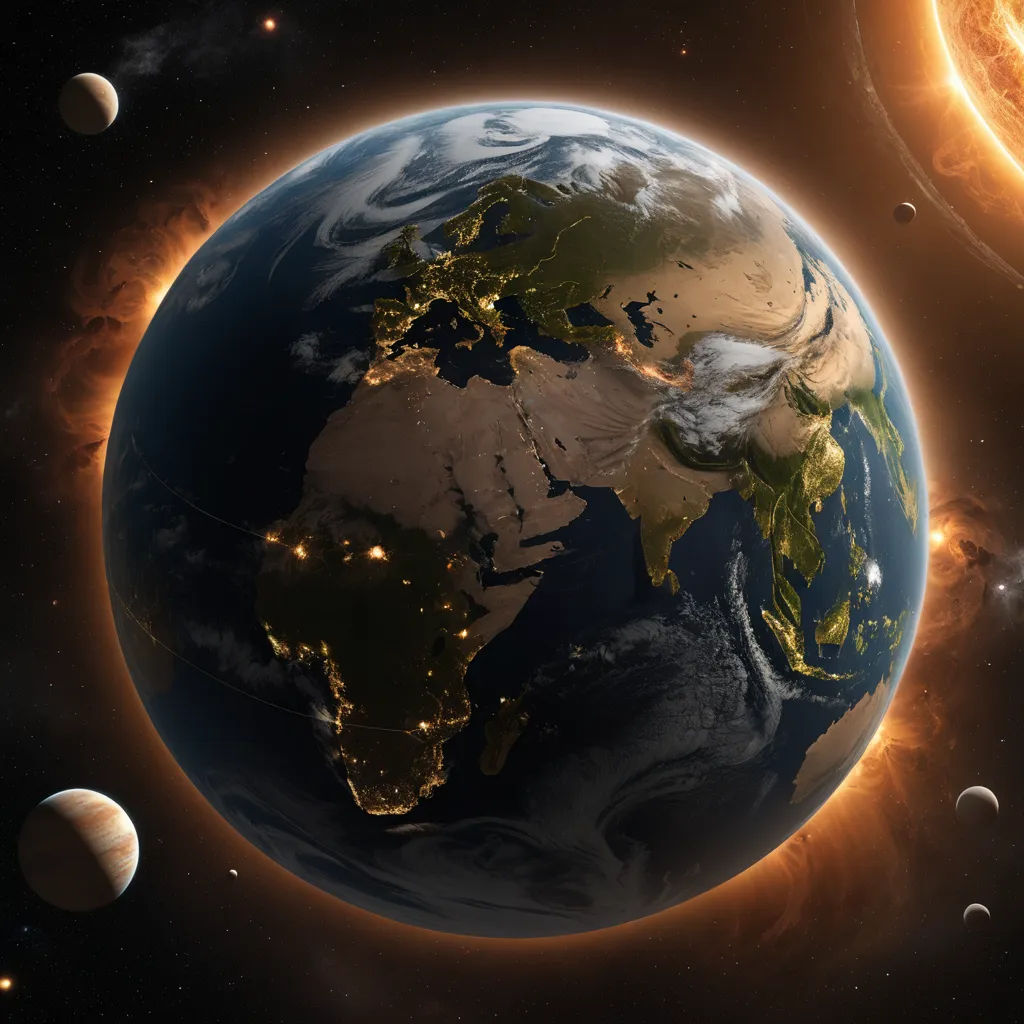
Have you ever wondered why the Earth spins? Well, it's a tale that begins billions of years ago, around 4.6 billion to be precise, when our solar system was just a massive cloud of dust and gas.
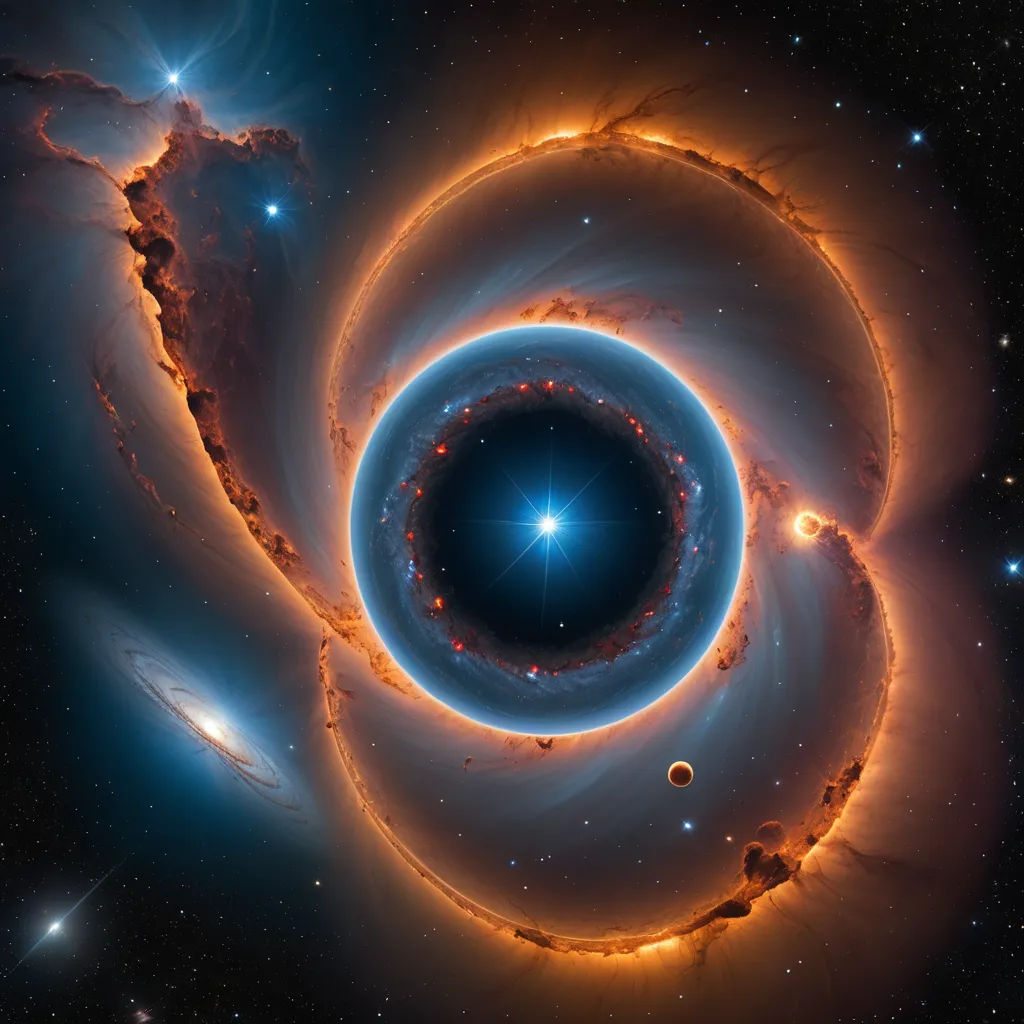
This cloud started to collapse under its own gravity, and as it did, it began to spin. The spinning motion caused the cloud to flatten into a disk with a hot, dense center. This center eventually became the Sun, and the remaining particles in the disk started to clump together, forming the planets, including our Earth.
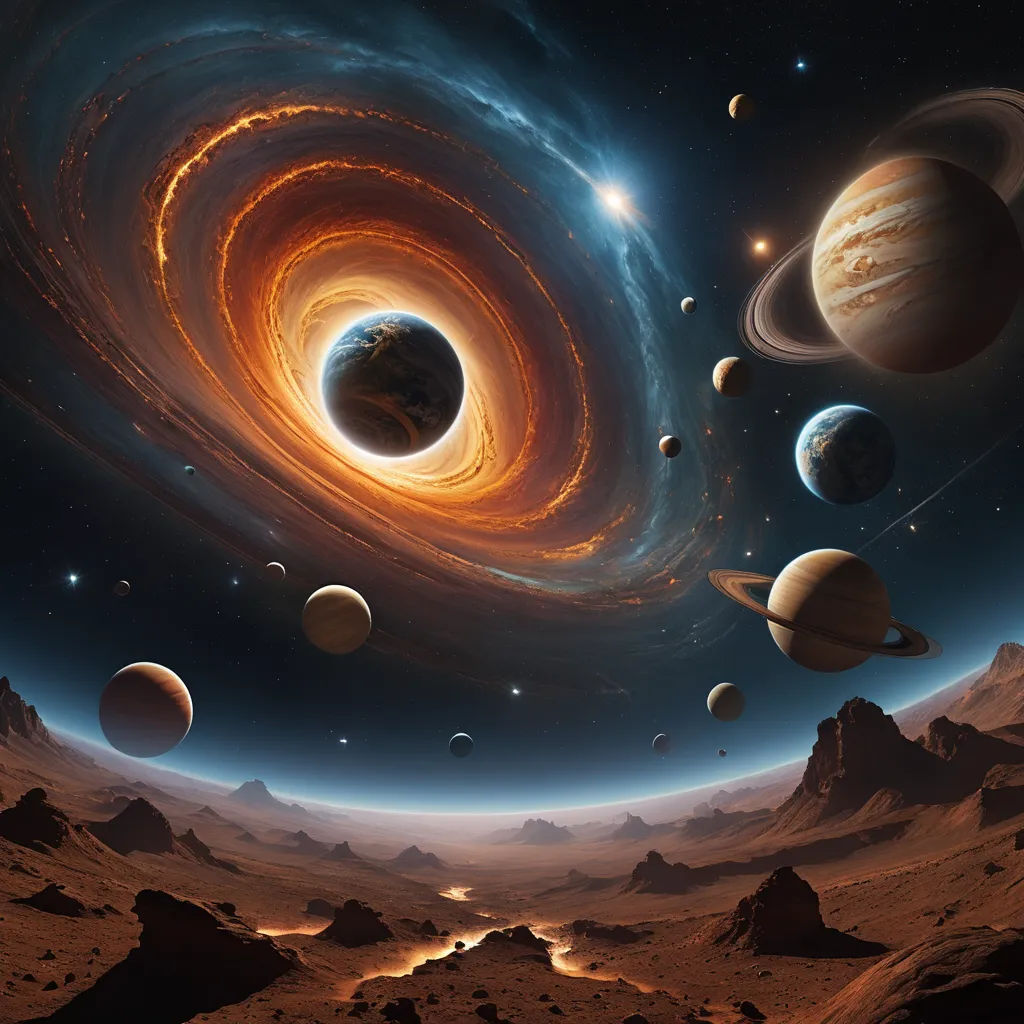
This initial spinning motion from the collapsing cloud was passed on to the planets. It's like when you spin a top; it keeps spinning until something stops it. In the vacuum of space, there's nothing to stop the Earth from spinning, so it continues to do so.

However, the Earth's rotation is gradually slowing down. This is due to a kind of "braking force" known as tidal friction, which is caused by the gravitational interaction between the Earth and the Moon. But don't worry, this process is incredibly slow. It would take billions of years for the Earth to come to a stop.
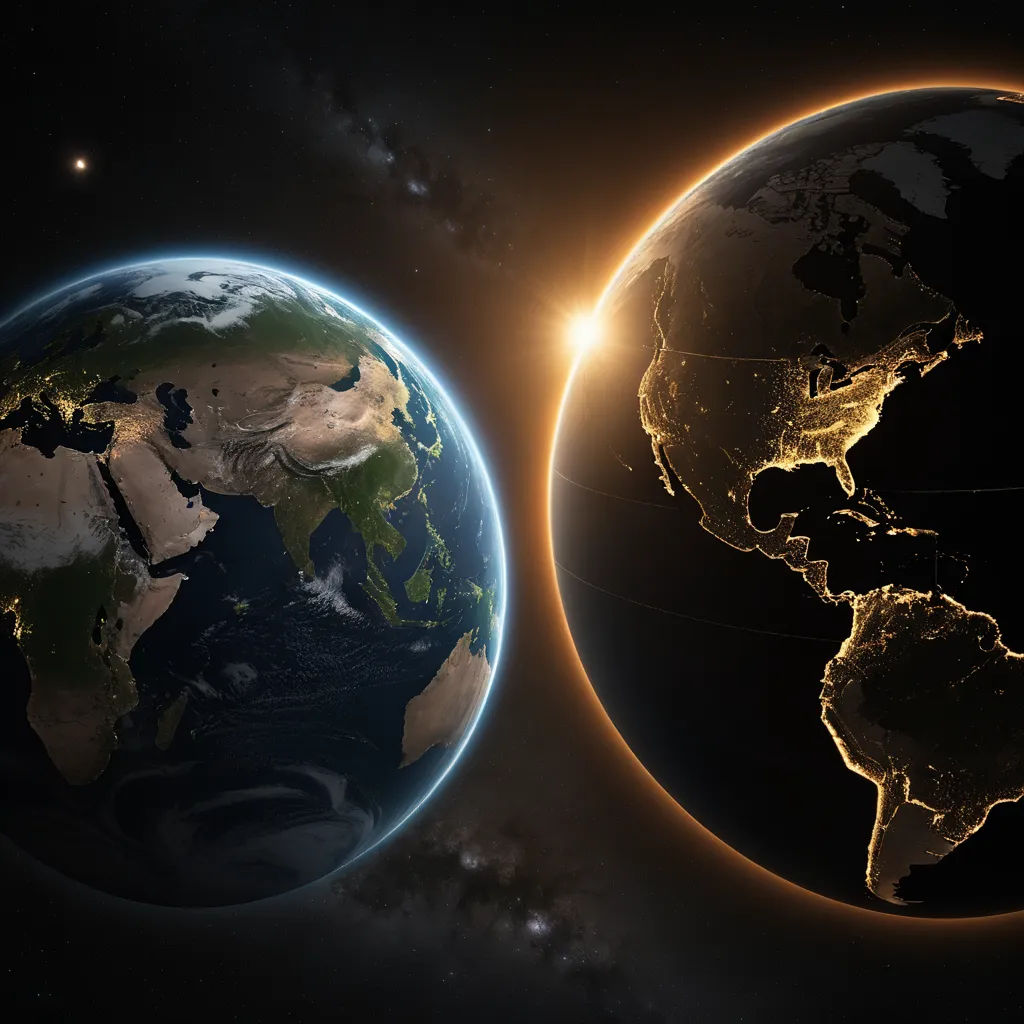
Now, let's talk about how the Earth's rotation affects our world. One of the most apparent effects is the cycle of day and night. As the Earth spins on its axis, different parts of the planet face the Sun, creating the pattern of daylight and darkness that we experience every 24 hours.
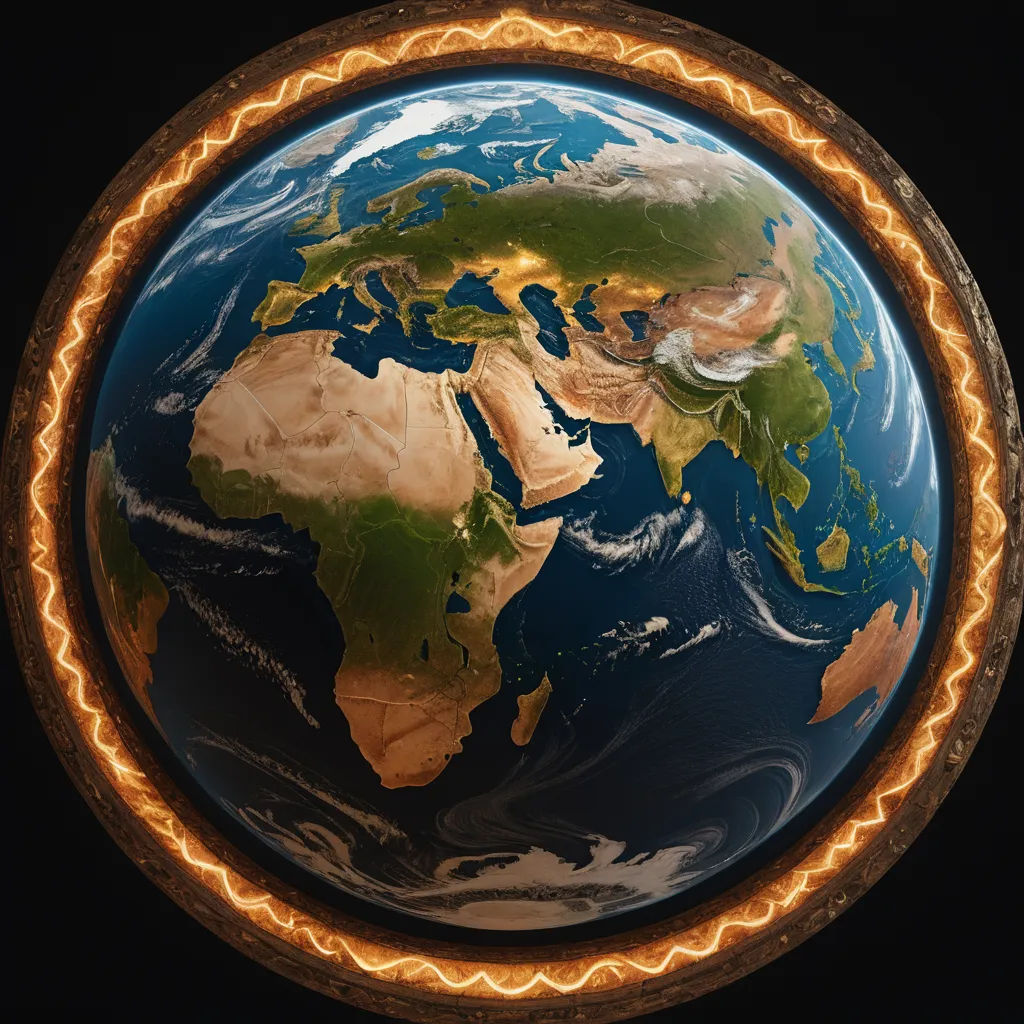
Moreover, the Earth's rotation affects the weather. The spinning motion, combined with the planet's spherical shape, means that sunlight doesn't hit all parts of the Earth equally. This uneven heating creates wind and ocean currents, which in turn influence the climate and weather patterns around the globe.
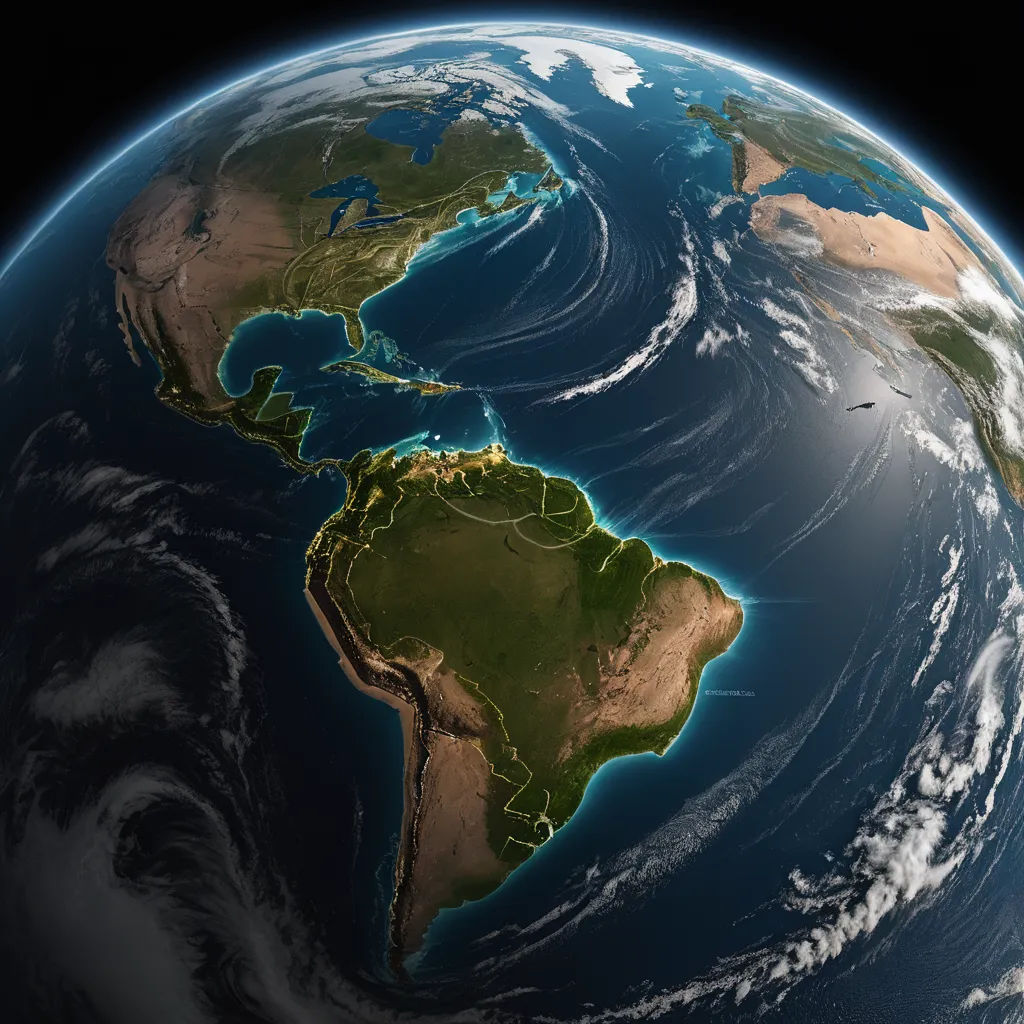
The rotation of the Earth also causes the Coriolis Effect. This is the deflection of moving objects caused by the Earth's rotation. It affects the path of winds, ocean currents, and even airplanes, causing them to curve as they travel over the Earth's surface.
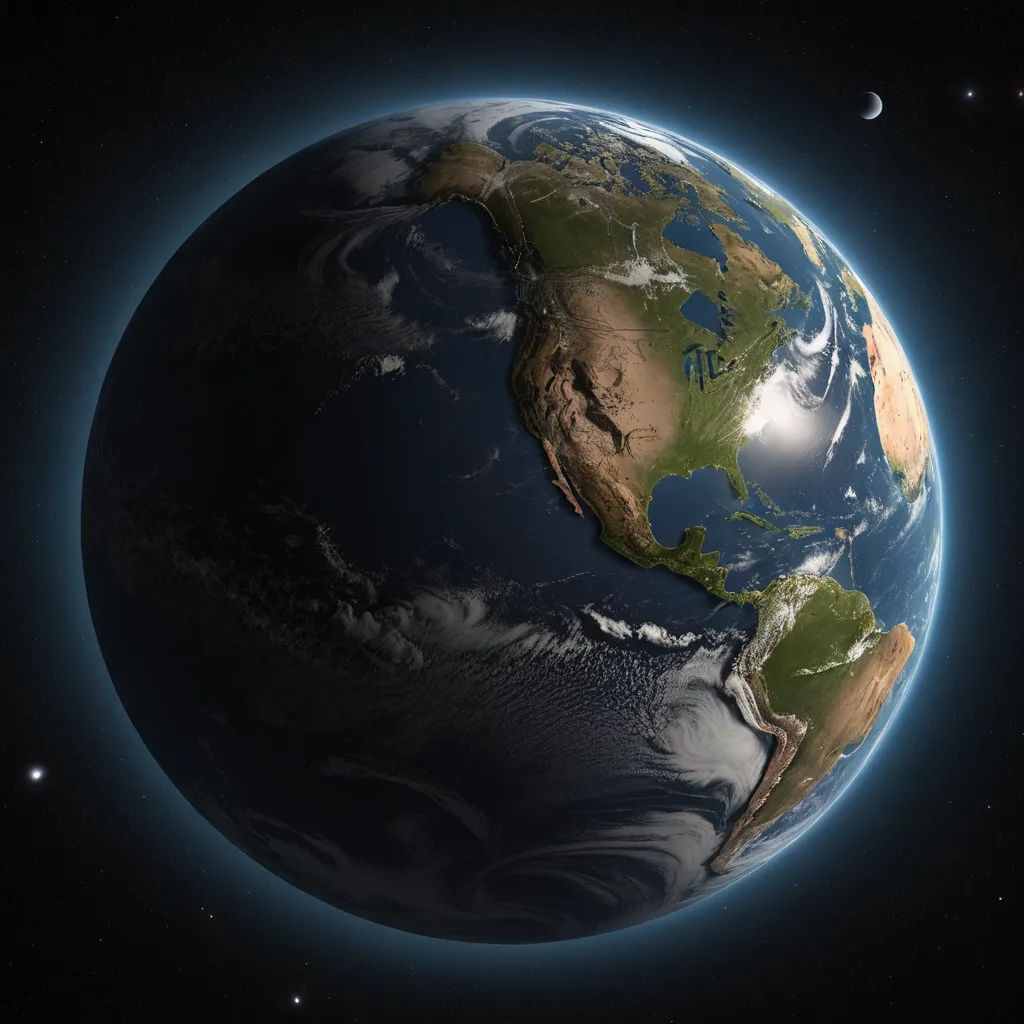
Additionally, the Earth's rotation affects the planet's shape. Because of the centrifugal force created by the spinning, the Earth isn't a perfect sphere. Instead, it's an oblate spheroid, meaning it's slightly flattened at the poles and bulging at the equator.
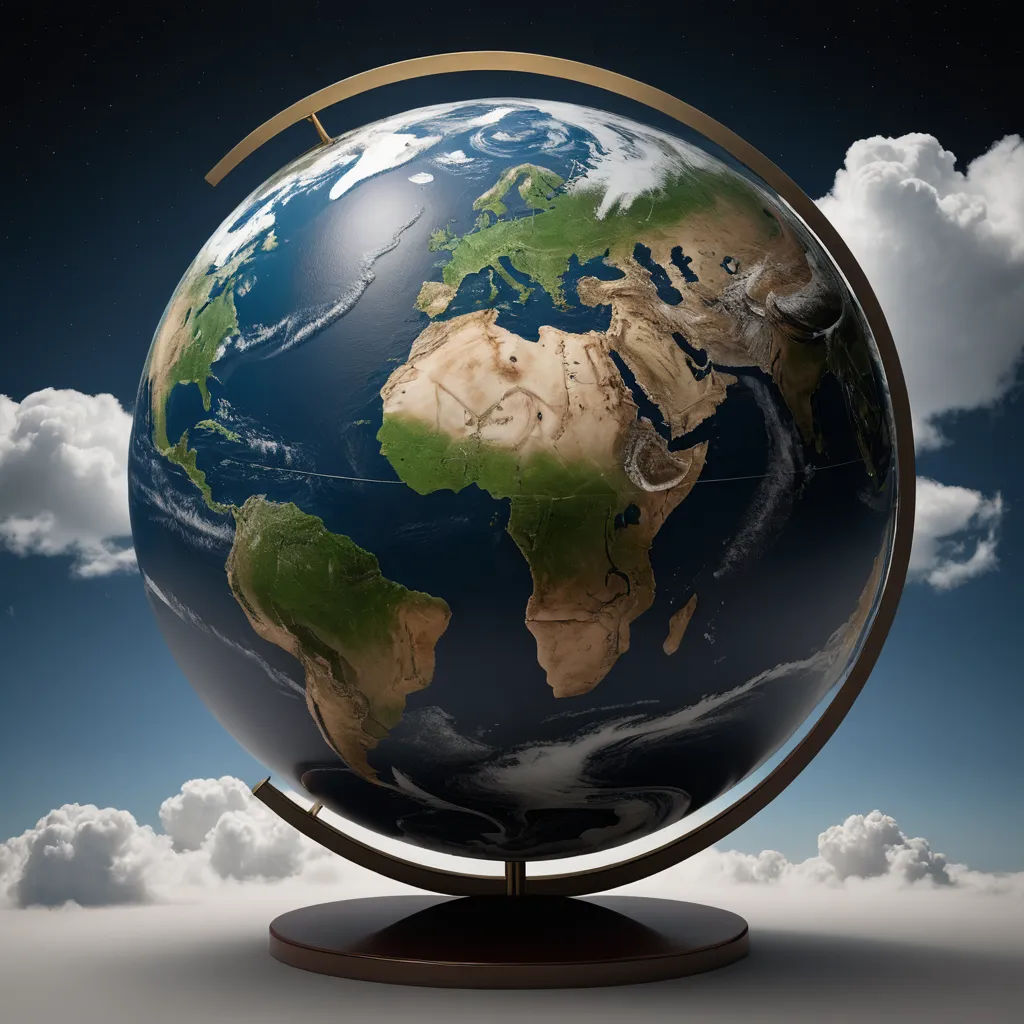
This bulging effect also causes a slight variation in gravity across the Earth's surface. Gravity is slightly stronger at the poles than at the equator because the poles are closer to the Earth's center of mass.
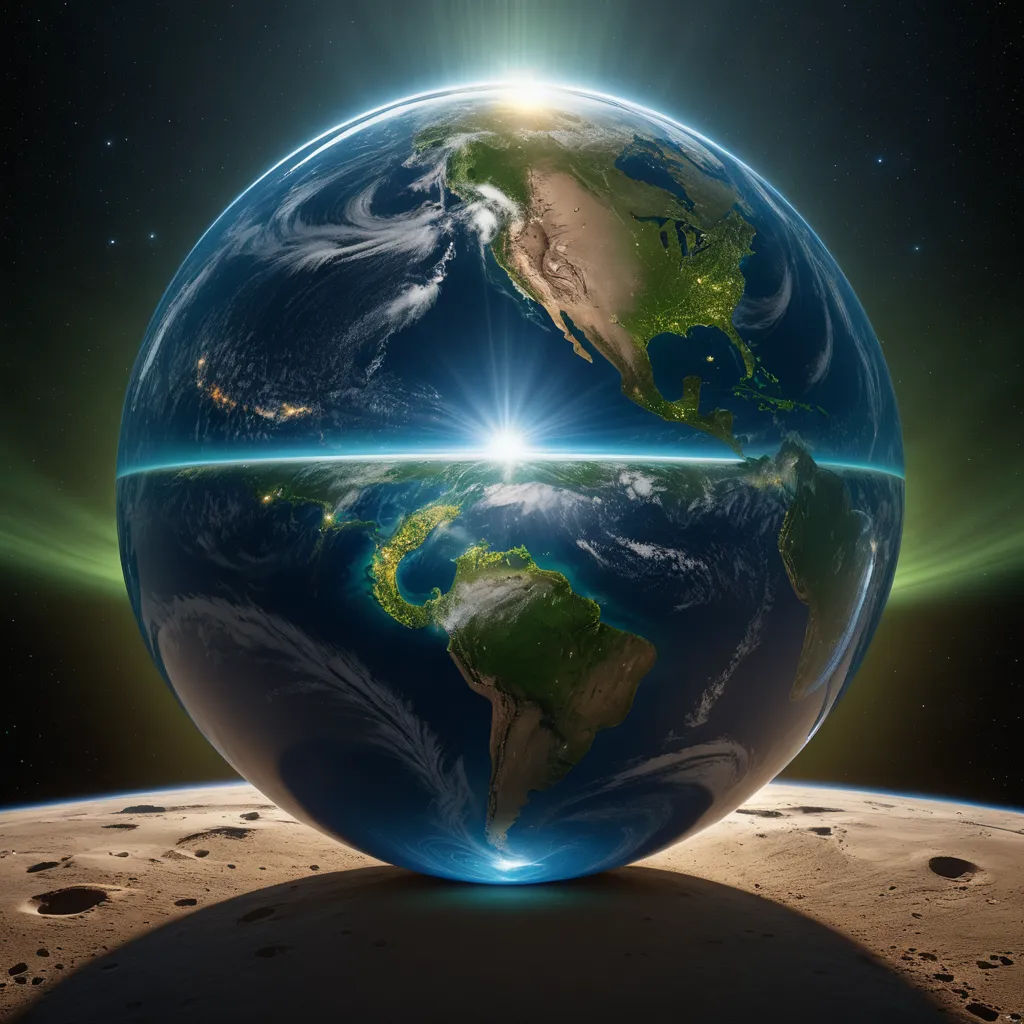
The spinning Earth even affects how we measure time. A day is defined as one complete rotation of the Earth on its axis. However, because of the Earth's elliptical orbit and tilt, the actual time it takes for the Earth to rotate once varies slightly throughout the year.
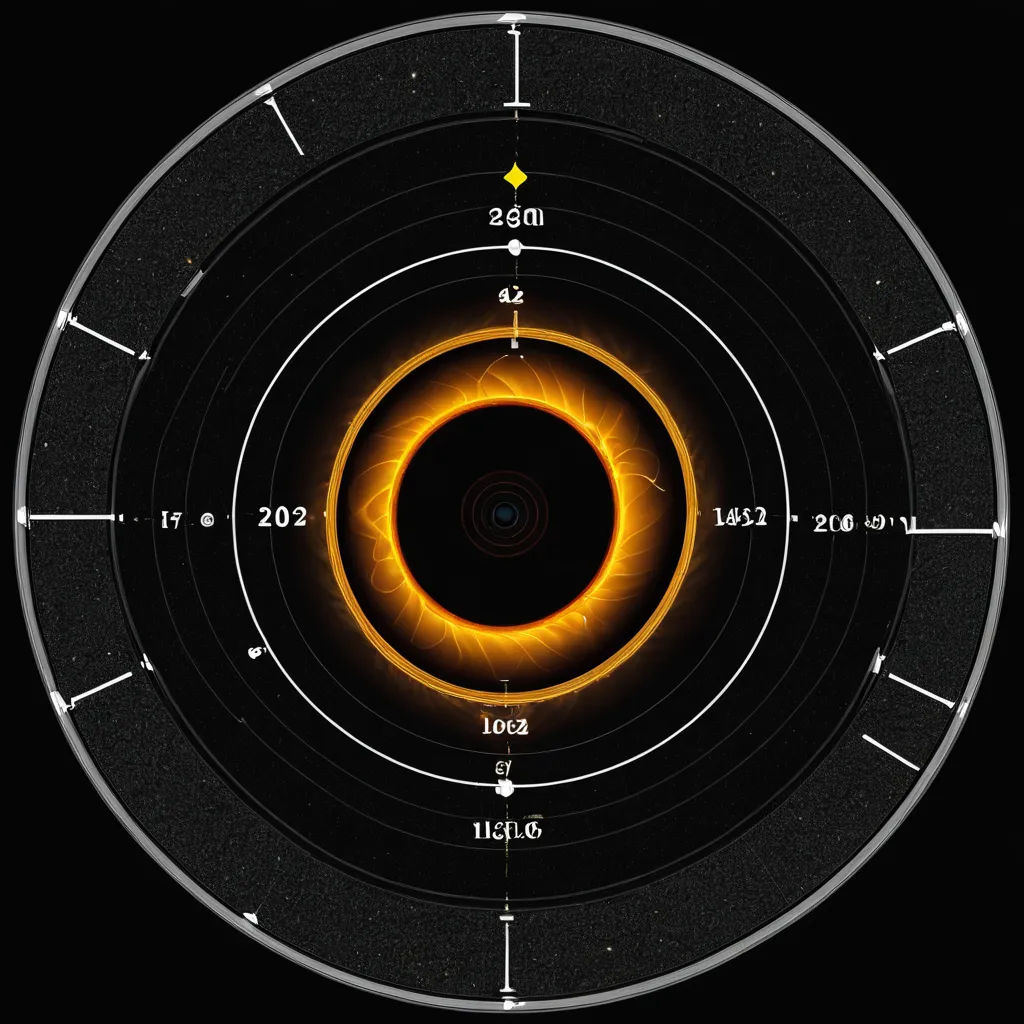
To account for this variation, we use mean solar time, which is an average of all these different rotation times. This is why we have leap years; they correct for the small discrepancy between our calendar year and the Earth's actual orbital period.
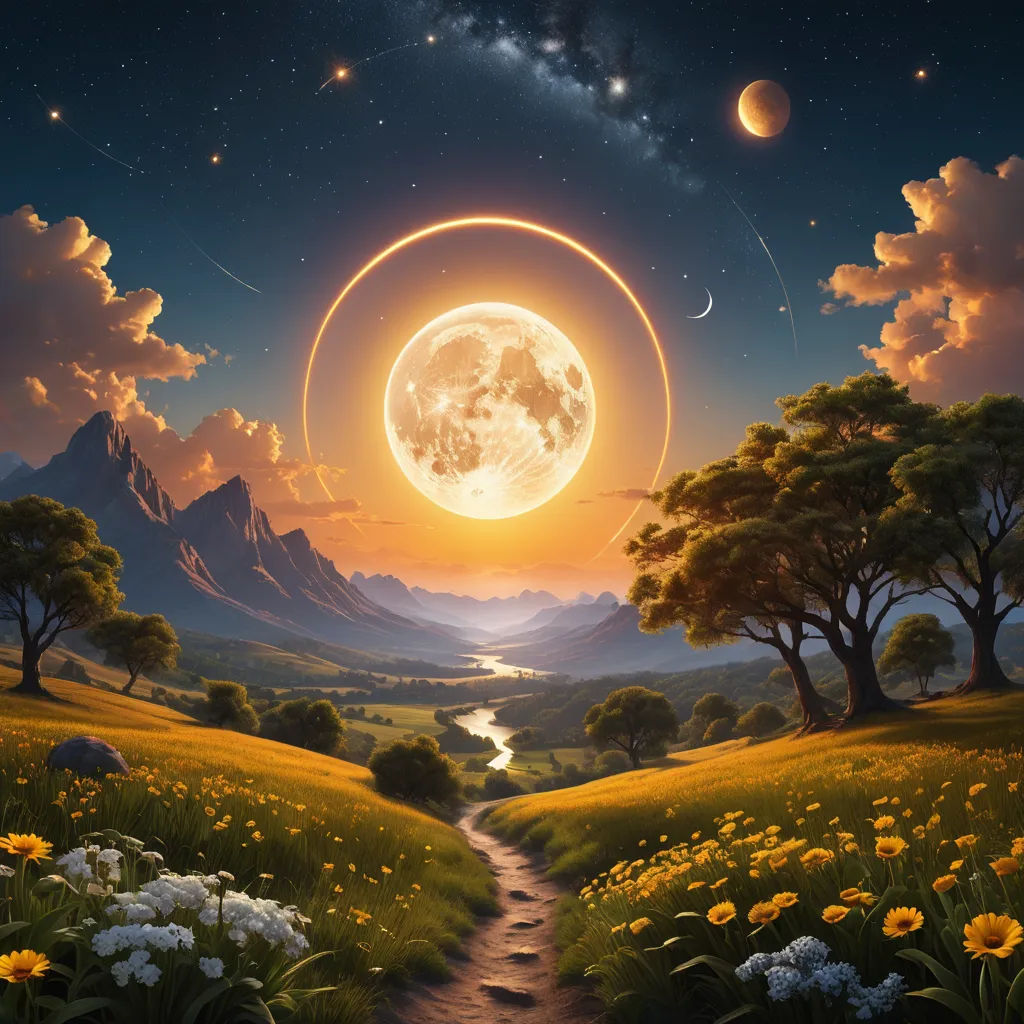
The rotation of the Earth is also crucial for life as we know it. The cycle of day and night created by the rotation allows for a wide range of temperatures, making Earth hospitable for diverse forms of life.

If the Earth didn't rotate, one side would be in constant daylight and become scorchingly hot, while the other side would be in perpetual darkness and become freezing cold. Life as we know it would be impossible under such conditions.
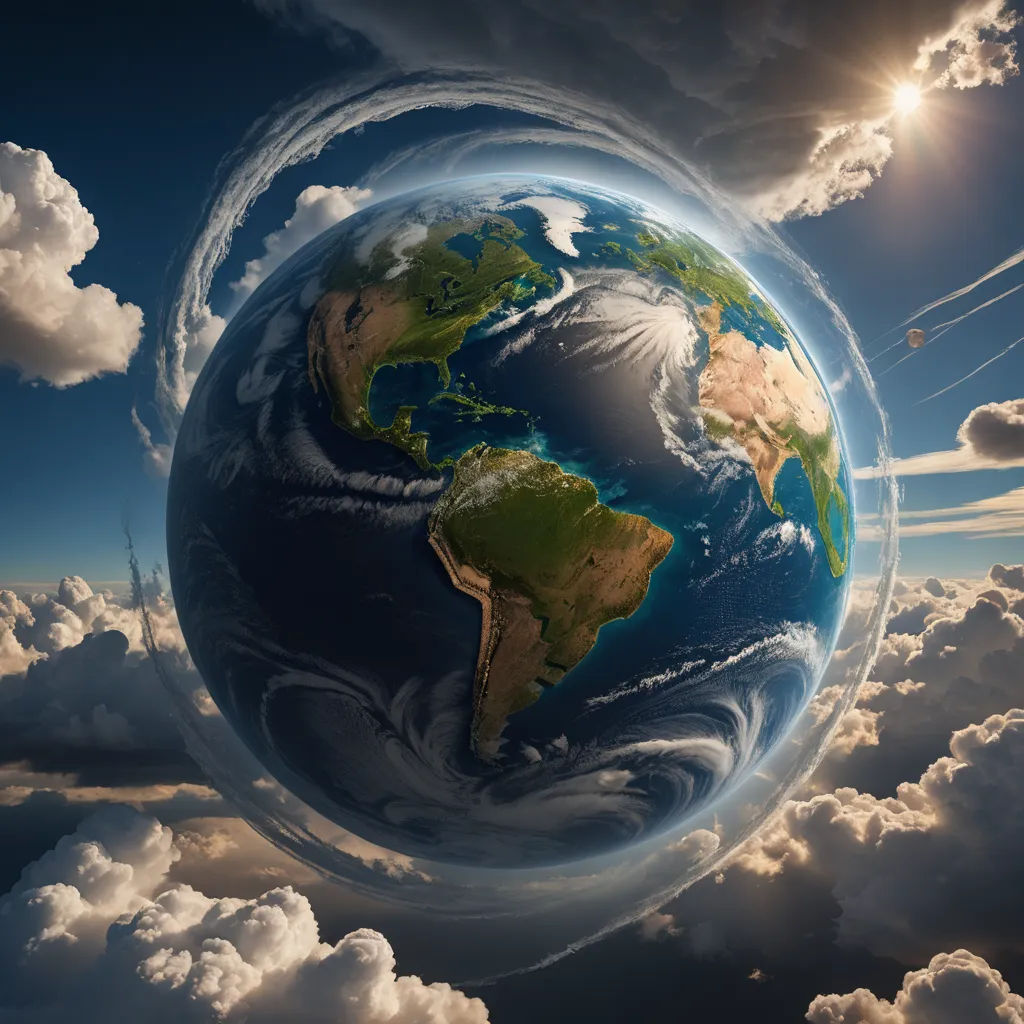
So, as we can see, the Earth's rotation has a profound impact on our world. It shapes our climate, influences our weather, determines the length of our day, and even affects the shape of our planet.
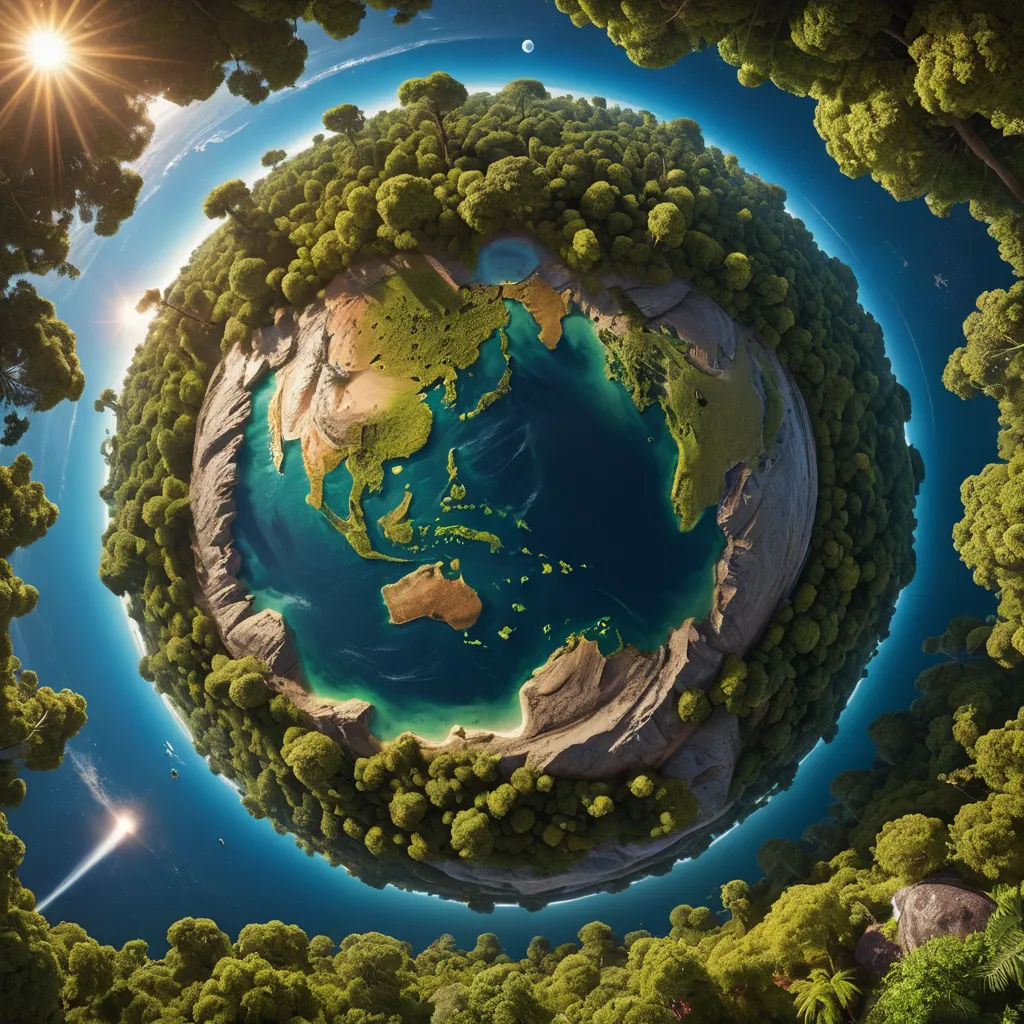
It's fascinating to think about how something as seemingly simple as the Earth spinning on its axis can have such far-reaching effects. But it's just one of the many incredible aspects of our planet that make it such a unique and wonderful place to live.

The spinning Earth is a testament to the power and complexity of nature. It's a reminder of our place in the universe, and how the forces that shaped our planet billions of years ago continue to shape our lives today.
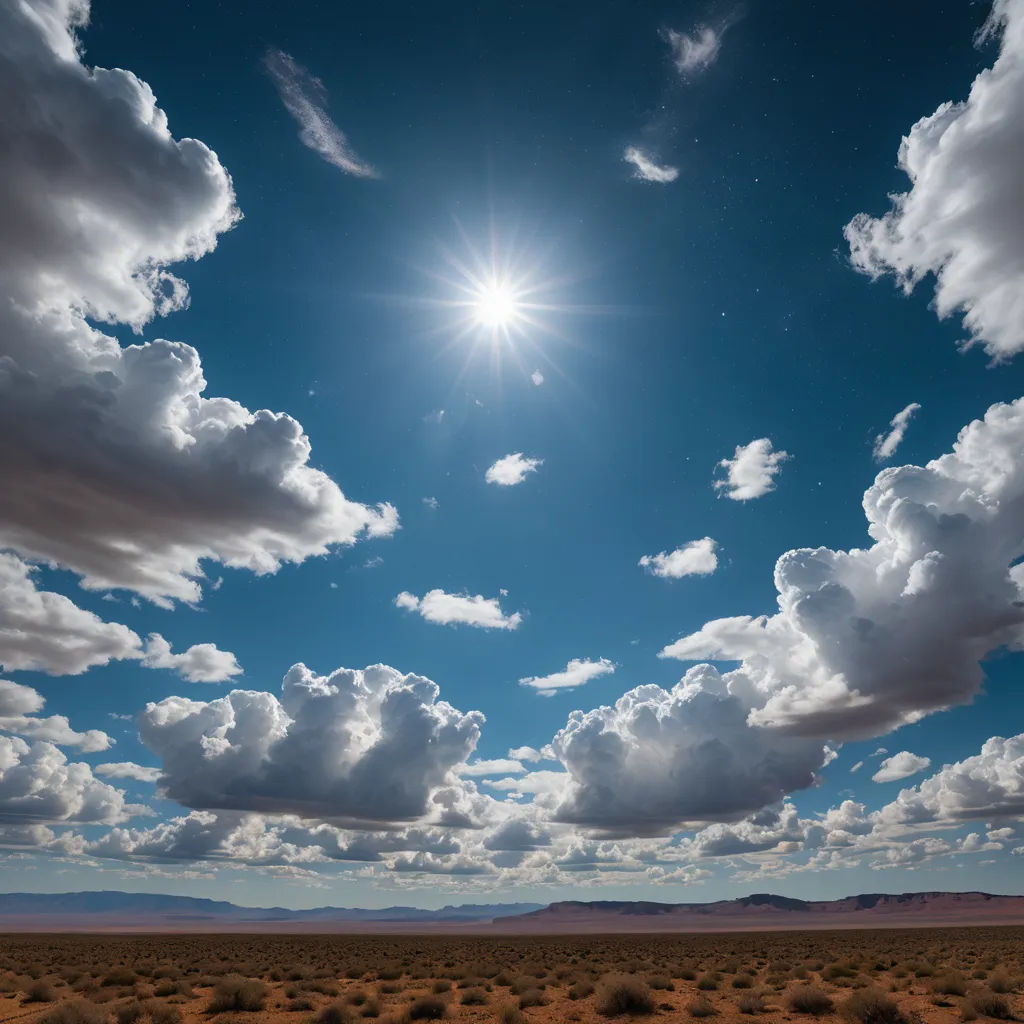
So the next time you look up at the sky, take a moment to marvel at the spinning Earth beneath your feet. Remember the incredible cosmic dance that brought our planet into existence and continues to make life possible.
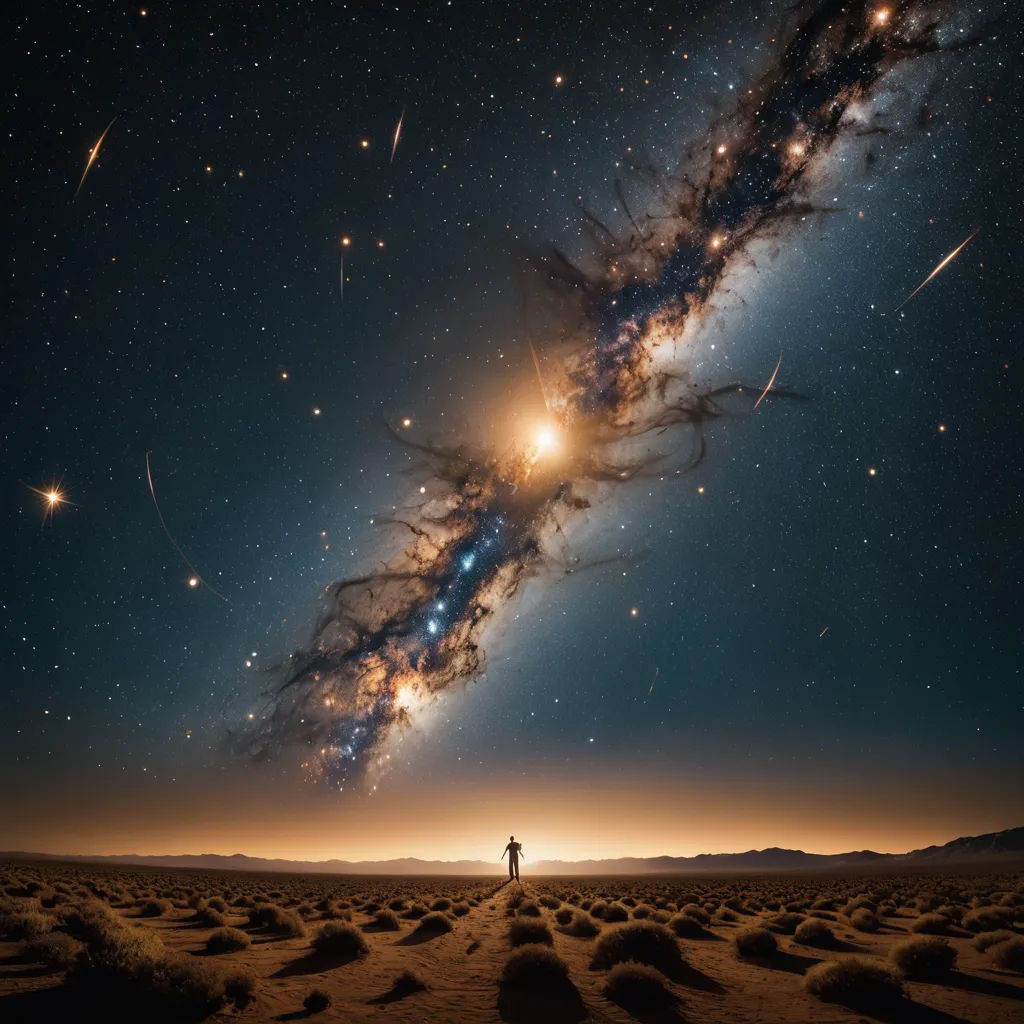
And remember, you're a part of that dance too. Every day, as the Earth spins, you're traveling at over 1,000 miles per hour without even noticing it. It's truly a wondrous journey we're all on together.
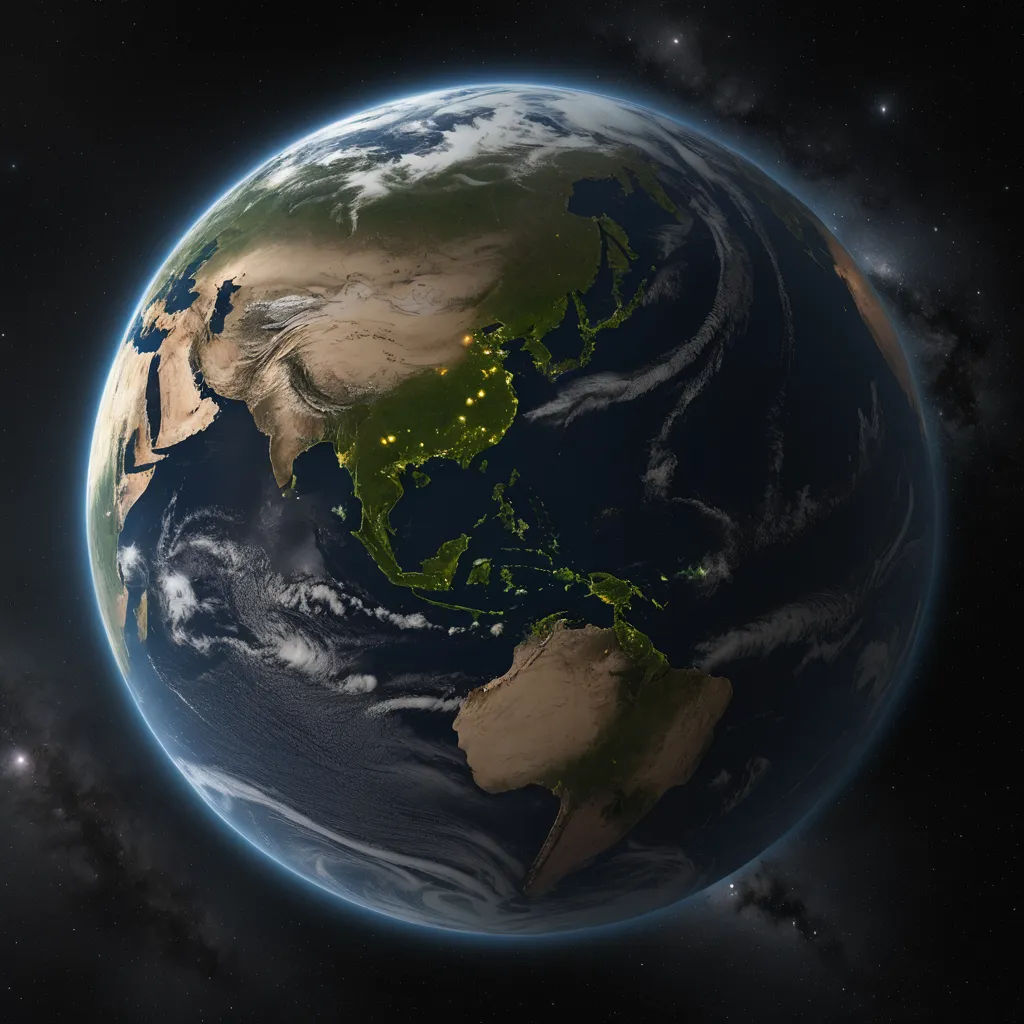
In conclusion, the Earth's rotation is a fundamental aspect of our world. It plays a key role in many of the processes that make our planet habitable and shape our everyday lives.
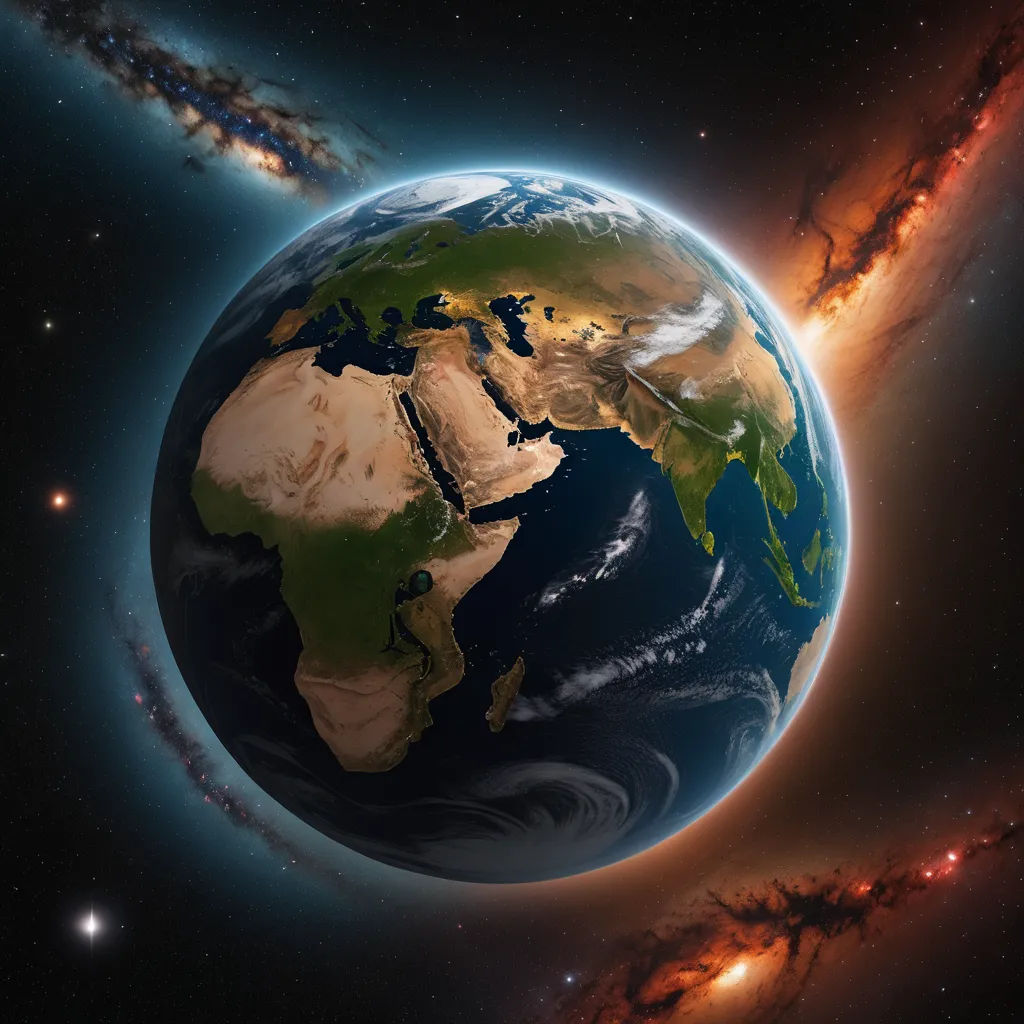
And though it began billions of years ago, the story of the spinning Earth continues to unfold. Each day, as our planet rotates, it offers a new chapter in this incredible tale of cosmic motion and change.

So, here's to the spinning Earth, the force that drives our days and nights, shapes our world, and sets the rhythm of our lives. It's a story that we're all a part of, and one that continues to inspire wonder and awe.